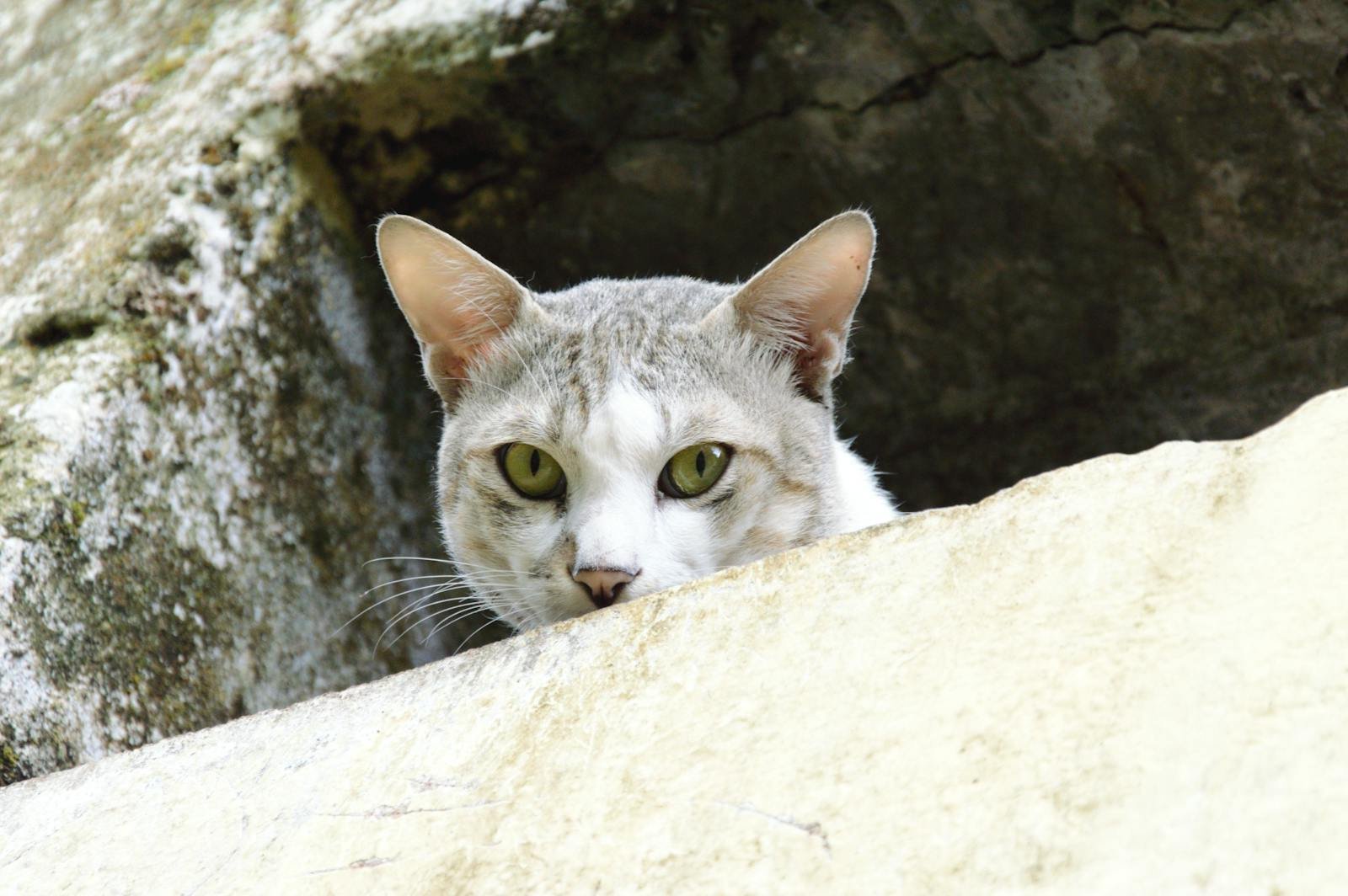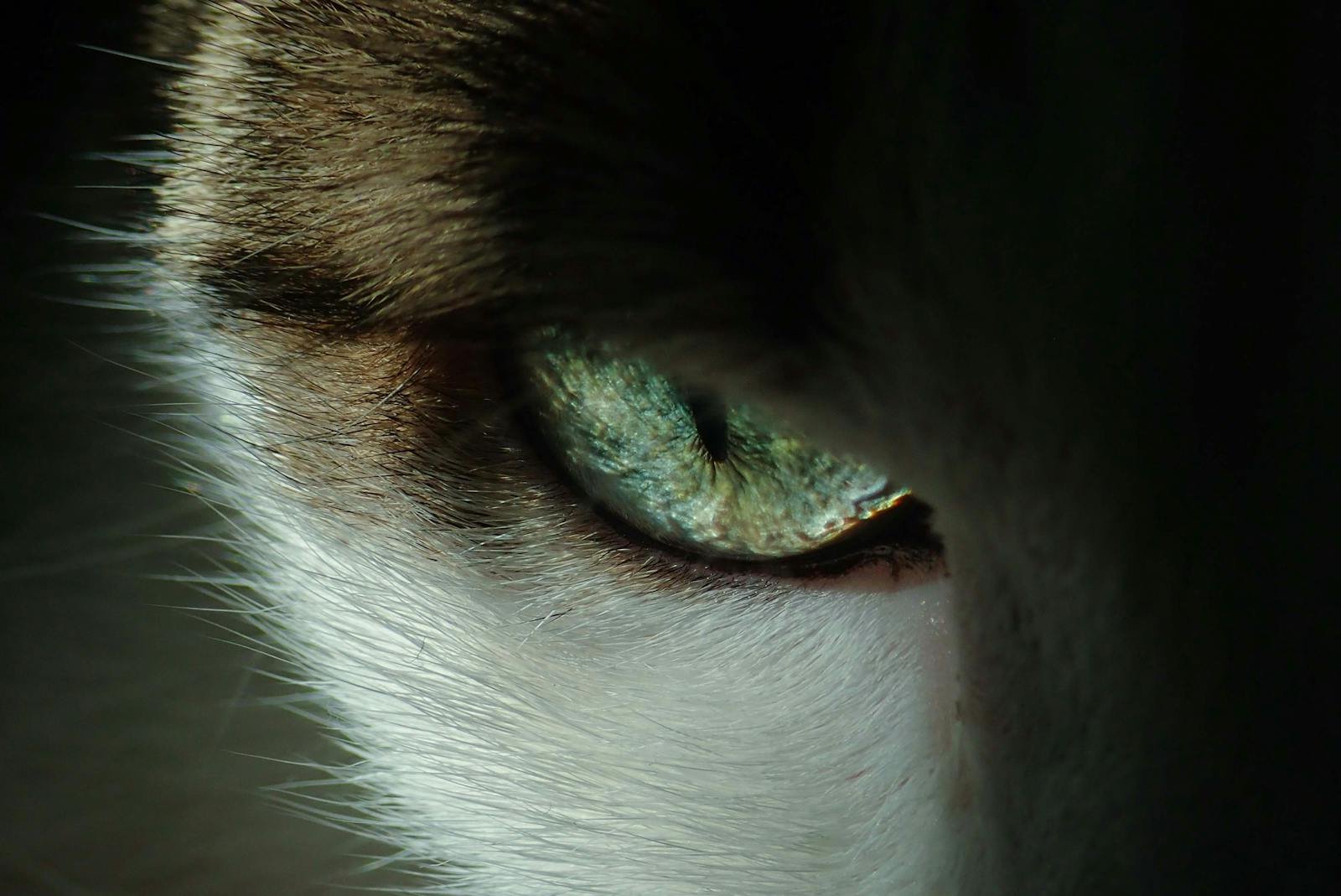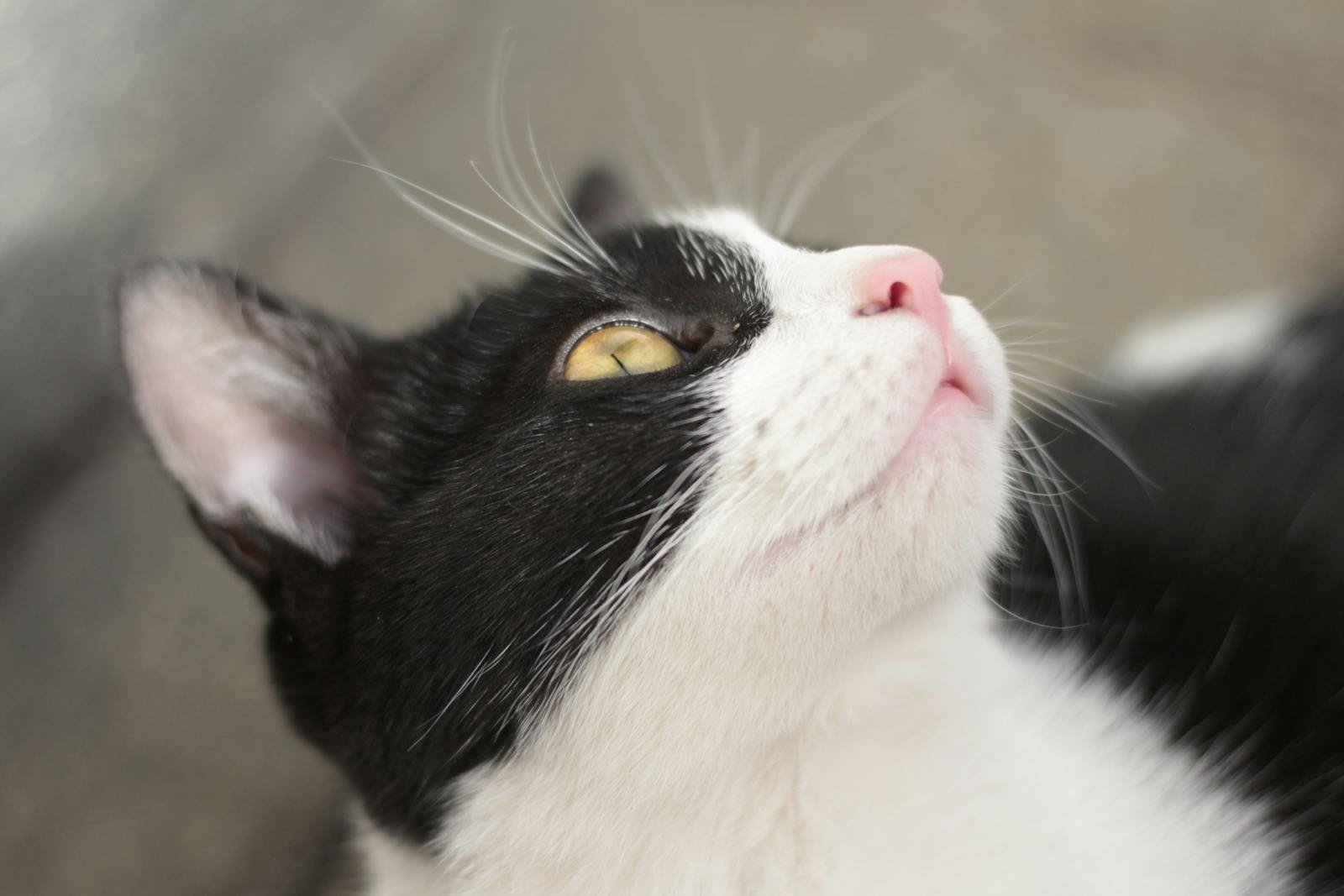Cats are intriguing creatures, and one of the most fascinating aspects of their lives is how they perceive the world around them. Unlike humans, cats have unique visual capabilities that suit their predatory nature and nocturnal lifestyle. This article explores some lesser-known facts about feline vision and how it shapes their interaction with the world.
1. Night Vision: The Feline Advantage

One of the most remarkable features of a cat’s vision is its ability to see in low light conditions. Cats have a higher number of rod cells in their retinas compared to humans. These cells are more sensitive to dim light, allowing cats to see much better at night. Additionally, the tapetum lucidum, a reflective layer behind the retina, enhances their night vision by reflecting light back through the retina.
2. Limited Color Perception

While humans have three types of cone cells that allow them to see a wide range of colors, cats have only two. This means cats perceive a more limited spectrum of colors, similar to red-green color blindness in humans. They see the world primarily in shades of blue and green, with reds and pinks appearing more muted.
3. A Wider Field of View

Cats have a wider field of view than humans—about 200 degrees compared to 180 degrees in people. This broader perspective allows them to detect movement and potential threats from different angles, making them adept hunters.
4. The Importance of Motion Detection

Movement is particularly important for cats when it comes to identifying prey. Cats can easily detect even the slightest movement, which triggers their hunting instincts. This ability is partly due to the higher density of motion detectors in their retinas. Despite this, they might not recognize stationary objects as clearly.
5. Superior Peripheral Vision

An extension of their wide field of view is their impressive peripheral vision. This ability helps them in tracking the unpredictable movements of prey and in navigating their environment efficiently. However, this comes with a trade-off—a reduced emphasis on fine detail compared to humans.
6. Blurred Up Close, Sharp From Afar

Domestic cats have a form of myopia, meaning they are near-sighted. They see things clearly at a distance of about 6 to 20 feet, which is useful for spotting prey from afar. However, objects right in front of them can appear blurry, which is why they rely on other senses, like smell and touch, for close-up interactions.
7. How Cats Use Whiskers in Vision

Cats don’t just rely on their eyes to “see” the world. Their whiskers play a crucial role in spatial awareness and navigating their surroundings. Especially in the dark, whiskers help sense objects and sizes of spaces, complementing their vision. This tactile feedback is essential for capturing prey and avoiding obstacles.
8. The Third Eyelid: An Extra Layer of Protection

Cats have an additional eyelid known as the nictitating membrane or the third eyelid. This layer provides extra protection, moistening the eyes and removing debris. It’s often visible when a cat is feeling unwell, stressed, or when the eye is resting.
9. The Role of Vision in Hunting

Feline vision is perfectly tuned to their hunting needs. Their ability to see well in dim light, detect motion, and their wide field of vision makes them formidable predators at night. This visual prowess is supported by other keen senses that together make cats efficient hunters, whether in the wild or while playing with a toy at home.
Conclusion: Understanding Our Feline Friends

Understanding how cats see the world helps us appreciate their mysterious and independent nature. Their unique visual abilities are integral to their survival and interaction with the environment. Whether it’s spotting prey in the dark or detecting the slightest movement, a cat’s vision is a marvel of evolution, tailored to their way of living.
Hi, I’m Bola, a passionate writer and creative strategist with a knack for crafting compelling content that educates, inspires, and connects. Over the years, I’ve honed my skills across various writing fields, including content creation, copywriting, online course development, and video scriptwriting.
When I’m not at my desk, you’ll find me exploring new ideas, reading books, or brainstorming creative ways to solve challenges. I believe that words have the power to transform, and I’m here to help you leverage that power for success.
Thanks for stopping by, Keep coming to this website to checkout new articles form me. You’d always love it!






